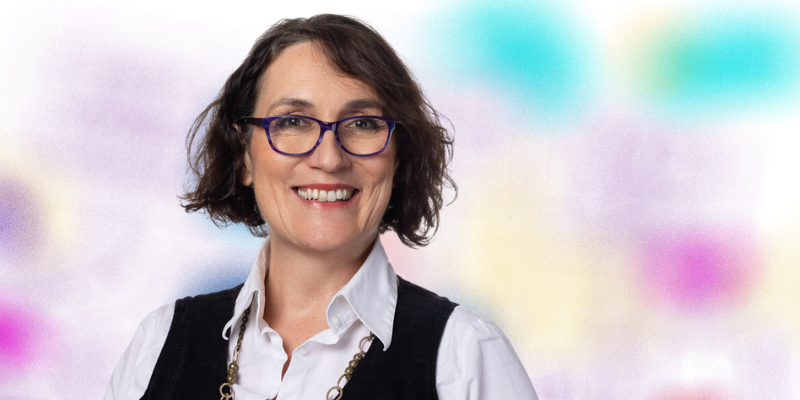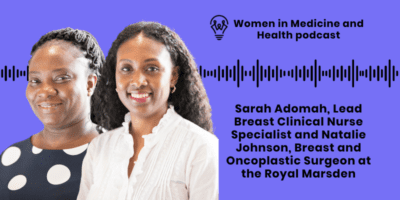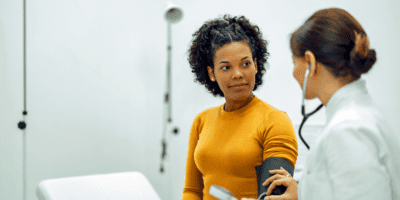Dr Sarah Lister Brook is clinical director at the National Autistic Society, the UK’s leading charity for people on the autism spectrum and their families. The National Autistic Society has been providing support, guidance and advice, as well as campaigning for improved rights, services and opportunities to help create a society that works for autistic people since 1962 and recently celebrated its 60th anniversary. Autism is a lifelong developmental disability that affects one in 100 people
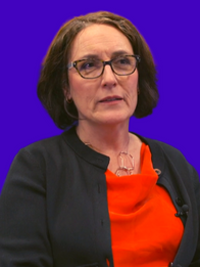
“Diversity is important for many reasons. It is vital to ensure the workforce is reflective of the people coming to access help and support.”
Improving lives of people with autism
I am a clinical psychologist and my first degree is in psychology, which has always been my great passion. I then undertook postgraduate studies, a Master of Applied Science, which in the 1980s was the qualification for becoming a clinical psychologist, as in a ‘practitioner’ psychologist.
I went on to secure Chartered Psychologist status before doing a research PhD looking at the early detection of social and communication impairments (i.e. what early indicators might predict autism). Since then, I’ve become an Associate Fellow of the British Psychological Society and more recently I’ve gained a postgraduate diploma in clinical leadership.
One of the things that had first triggered my interest in autism was when I was in training, working in a long-stay hospital. I came across a young man who was heavily medicated and was being treated for schizophrenia, but when I read the clinical notes and got to know him a little bit better, the diagnosis just didn’t make sense to me.
It just so happened that Judith Gould was also working in that department so I spoke to her about the case and she invited Lorna Wing to come and meet this gentleman and work with me to do an assessment, so I felt very privileged. Lorna came and confirmed my suspicions that he had autism, and this made quite a difference to his care plan and his treatment. That was really the beginning for me.
Building a society that works for autistic people
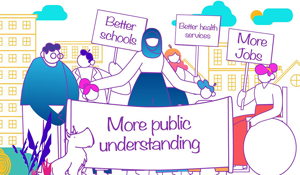
That means I strive to ensure high-quality standards in our services as well as being the lead clinician in the service, and I am also in clinics myself. I also provide professional training, supervision and mentorship for a range of professionals involved in assessing and supporting autistic people. I am also part of the strategic development team that is working on our visions of a society that works for autistic people.
Underdiagnosis of autism in girls
Earlier research and the subsequent criteria for diagnosis of autism, as well as the available clinical descriptions of autism, were predominantly based on profiles of autism more typically see in boys – so girls got missed. The assessment tools that were based on the research and the existing criteria are therefore more likely to be more sensitive to pick up male profiles of autism rather than the girls with possible autism.
There are still considerable gaps in knowledge and experience across professional groups, in terms of both recognising and assessing women and girls and therefore knowing what to look for in an assessment. Girls are less likely to be recognised or spotted at an early stage so they are therefore less likely to get access to diagnostic pathways.
Reasons
- Girls tend to invest more time and energy in having relationships and ultimately friendships with other children like themselves. So therefore, they are perceived as not having any difficulties with peer relationships, which is often a red flag for early recognition.
- Girls will tend to play in smaller groups and therefore can more easily be amongst other children without looking like they are not able to join in. Boys tend to play in larger groups with more structure and rules and if they can’t figure this then they are more likely to end up on the outside and be seen to be different.
- Girls tend to internalise stress and worry whereas boys are more likely to externalise this through their behaviour, so the boys get noticed whereas the girls will quietly get on with things, even though they are in turmoil inside and really struggling.
Both boys and girls can find it difficult to ask for help but it is easy to see how boys are more likely to get recognised as needing help.
In order to combat this, we need more targeted specialist training and support for staff in education, health and social care settings so that they can recognise the girls might need help and we also ensure they get equal access to the assessment and support services they might need. We also need improved public awareness and understanding of what being neurodiverse means and how this can impact on your well-being.
Importance of diversity of thought in medicine and healthcare
Diversity is important for many reasons. It is vital to ensure the workforce is reflective of the people coming to access help and support.
There is an element of power imbalance in seeking help or consultation so it can often be easier for some minority groups to feel more listened to and accepted if they are able to identify with someone more like themselves, whether that is gender, class, sexual orientation, ethnicity, culture or just being neurodiverse.
Feeling properly understood and listened to is vital – being different should not mean being made to feel less. It also provides role models for other members of minority communities.
Inclusion challenges in medicine
For some minority groups there may be social and financial reasons that makes it difficult for them to access higher education. For some neurodiverse people they may also learn in different ways and this may be a barrier early on in their education to be able to access the pathways to academic success that will enable them to get into medicine or related professions.
All areas of medicine and health service provision need to be fully inclusive by ensuring that people from minority groups, including children and young people, are actively participating in the development of services. This should not be tokenistic and there should be participation where individuals are involved from the very beginning so they can have a say and articulate what their priorities are and how services can address these issues. It is essential to have representation, with strong role models, as it gives hope that others can follow in their footsteps.
My own role models
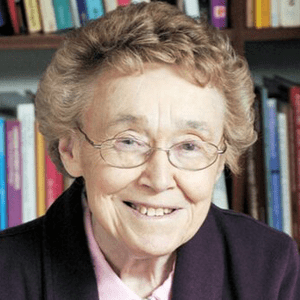
Dr Lorna Wing is one of my greatest role models. She was a consultant psychiatrist, mother of an autistic child and a pioneering researcher and clinician in the field of autism, who strove to make a real difference in diagnostic practice in terms of our understanding of autism and, most importantly, the needs of autistic people.
She was instrumental in changing the ideas around autism being caused by cold or indifferent parenting and helping people to see there was a neurobiological basis for autism and a spectrum of conditions, which meant there were a lot more people that might need support than had been previously thought about before. She showed such humility in her work and was always driven by making the world a better place for autistic people.
Another huge role model for me is Professor Uta Firth, a professor at UCL and Professor Emeritus of Cognitive Development at University College London. She has made an outstanding contribution to innovative psychological theories and our understanding of the cognitive differences that underpin autism and other neurodevelopmental conditions.
She has also advocated for the advancement of women in science by developing a support network for other women to enable them to share ideas and information to inspire others. In 2013 she was also chair of the Royal Society Diversity and Inclusion Committee.
I was very lucky to have both Lorna and Uta as my PhD supervisors.
Coming up next
Along with my colleagues, I am moving forward with the National Autistic Society’s vision for a society that works for autistic people by:
- Valuing autistic individuals
- Maximising autistic power
- Guaranteeing support
- Adapting public spaces and services
- Being free from discrimination
We are working on our operational strategy to look at how our organisation plays an important role in the changes that need to happen in order to achieve this.
The key things for me in my role are how we can improve diagnostic practice in autism, to ensure our workforce providing these services is equipped with the knowledge and expertise to deliver high-quality services and ultimately ensure that people across the nations of the UK have access to timely assessments.
These assessments need to be person-centred so as to enable the many different autistic people in society to have the adjustments they require in their day-to-day lives to live fulfilling lives and most importantly to enjoy a good quality of life.

